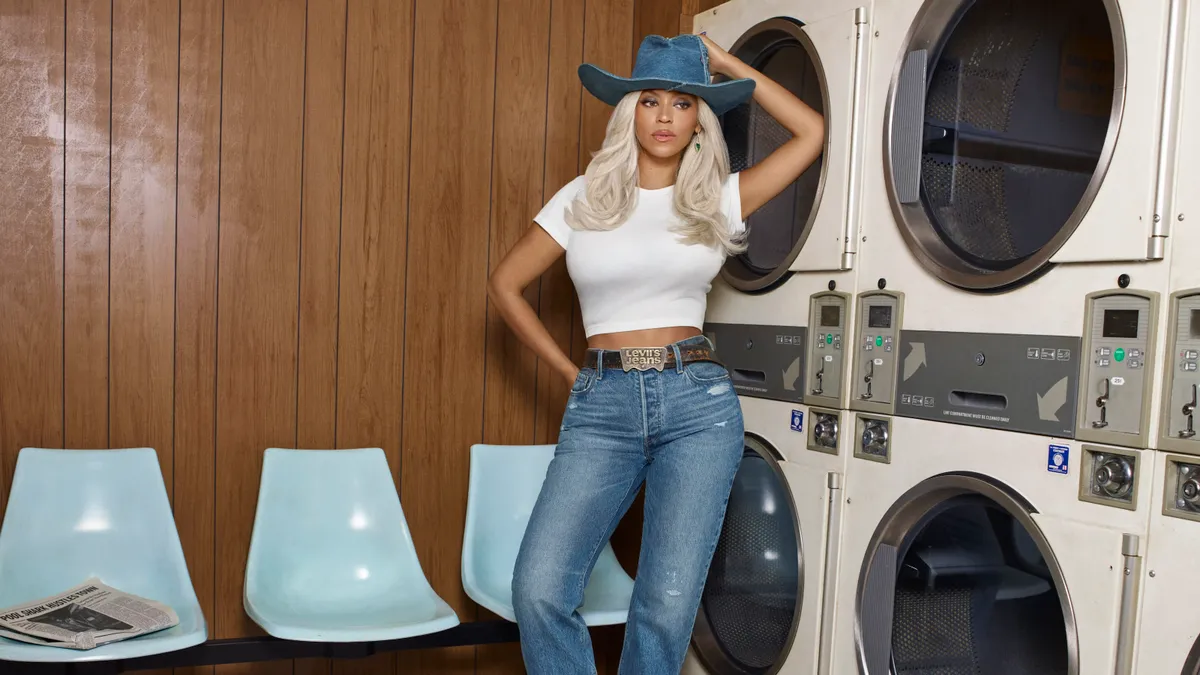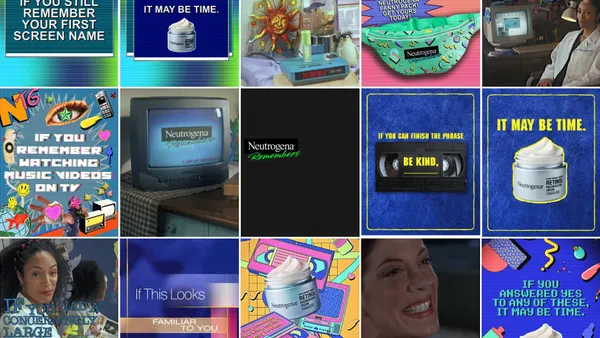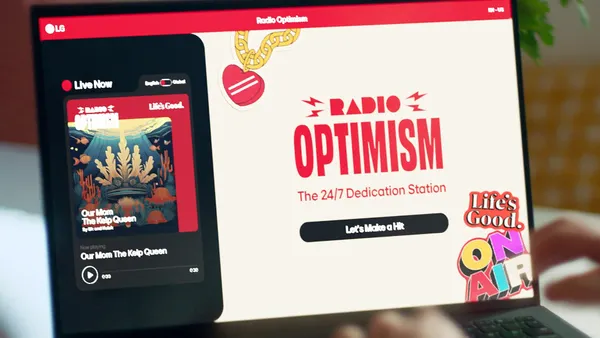When brands go under—either because of financial woes or fading relevancy—it’s generally assumed to be the free market at work, and our society will be relatively better off without. But brands, just like animals thought to be extinct, can occasionally resurface.
Just recently Coca-Cola brought back its soda brand, Surge – and ‘90’s kids rejoiced. The highly caffeinated citrus beverage was introduced in 1997 to help Coke compete with Pepsi’s Mountain Dew brand. The neon colored soda had a short surge of popularity but faded from shelves in the early 2000s. That is, until this year. The soda has been brought back, but this time exclusively for sale on Amazon.
Like Surge, a few other brands have found a second life after what was thought a certain death. See how these 3 brands fared.
Polaroid
Polaroid’s boxy cameras and magically developing prints were ubiquitous among American households for decades. That is, of course, until digital cameras came along and consumers were able to instantly see snapped photos without wasting film. The Polaroid cameras slowly saw a decline until eventually the company made the decision to stop production of the instant cameras in 2008.
But with a growing popularity among millennials of all things old – vinyl records, horn-rimmed glasses, and fixed-gear bikes for example – the interest in Polaroid quality photos has gained popularity in the last few years. And thanks to Instagram – which uses filters reminiscent of Polaroid quality – the nostalgia to bring back Polaroid’s film camera reached a fever pitch.
So former Polaroid employees teamed up to form the Impossible Project that would continue production of the film. The Impossible Project was able to rescue manufacturing equipment from the Netherlands and begin producing the film again. The project went over so well that in fall of 2013 the Impossible Project took their idea one step further and made it possible to transfer photos taken with the iPhone to the Polaroid quality film with its Instant Lab hardware.
Furby
Who can forget the Furby toy craze? After its introduction in 1998 at the International Toy Fair in 1998, Furby – short for fur ball – became THE toy for that holiday season. The talking toy with fluttering eyes flew off the shelves for $35 and then could be found selling for as much as three times that online. The toy was unlike anything the world had seen. It was smart and could “learn” languages and speak back to you in a Gremlin-like manner.
After the novelty of the Furby wore off, sales dropped off quickly. But in 2012, after technology had made big advancements, toy maker Hasbro decided to bring Furby back. The 2012 Furby has LED lights for eyes that convey emotions and an acceromerter inside to sense motions like tickles and turning upside down.
Hasbro also introduced a Furby iPad app that allows for deeper interaction with the toy. Through the app, users can “feed” Furby foods by flicking chicken, hot dogs, and hot peppers into its mouth.
With the new features, Furby has experience a resurgence of popularity, but nothing like the shelve-clearing frenzy of 1998.
Twinkie
To the world’s horror, American snack food company Hostess filed for bankruptcy in 2012 – halting the production of Twinkies, along with other surgery snacks. Fans of the pastry tubes flocked to stores and cleared the shelves. Some boxes popped up on eBay for ridiculous sums of cash. There was even a petition started on the White House website to nationalize the Twinkies industry. It only gathered 2,500 signatures – falling far from the required 25,000 to get a response – but it was clear the public was scared about a Twinkie-less future.
Private equity firms Apollo Global Management and Metropoulous & Co soon swooped into to save the day and made a $410 million deal with Hostess that allowed the manufacturer to reopen it’s doors. By July 2013, Twinkies were back on grocery and convenience stores shelves – with an added bonus. The treats’ formula extended Twinkies already long shelf life from 26 to 45 days.











